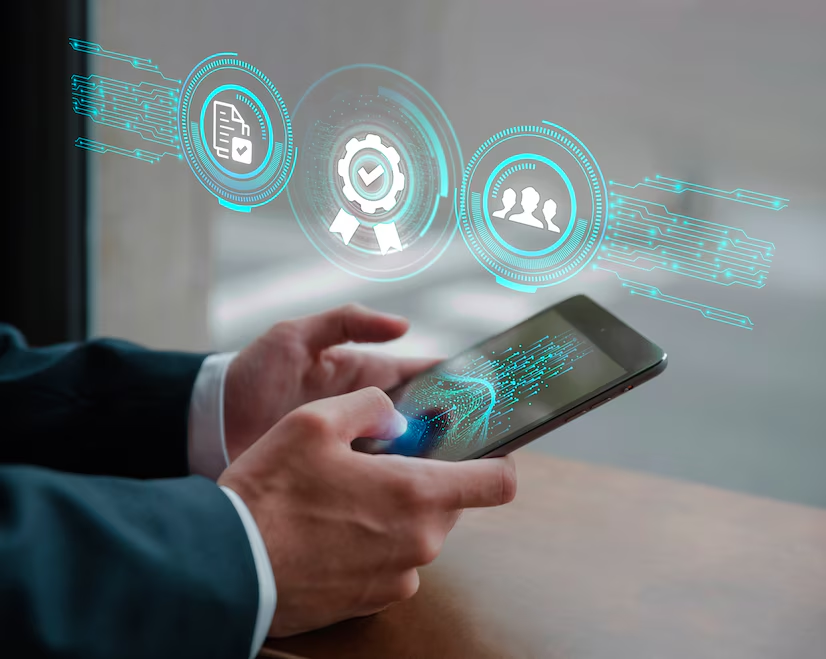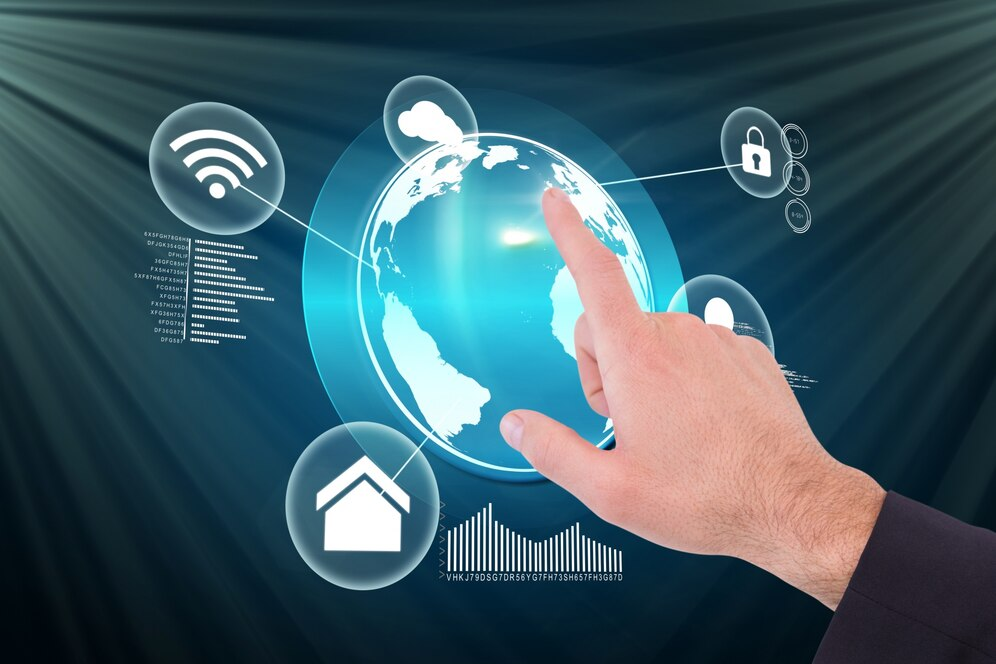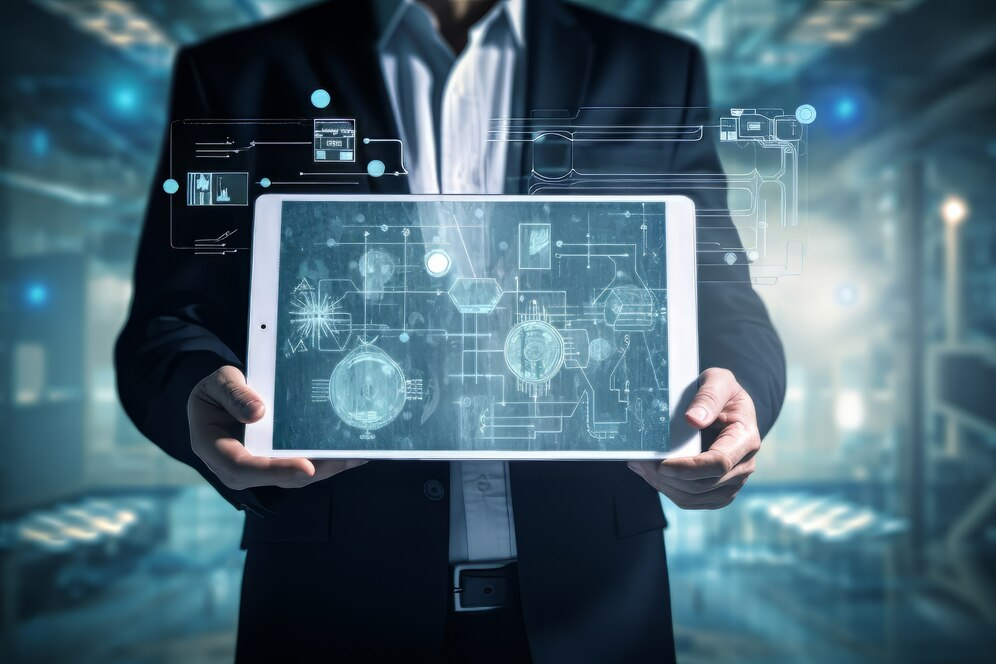The Internet of Things (IoT) has emerged as a transformative force, connecting the physical and digital worlds in ways previously unimaginable. Over the past decade, the IoT has evolved from a conceptual framework to a pervasive and dynamic network of interconnected devices. This article explores the expansion of the IoT, examining its growth, impact on various industries, challenges, and the future trajectory of this revolutionary technology.
Origins and Early Adoption
The concept of the IoT dates back to the late 20th century when the idea of connecting everyday objects to the internet was first introduced. The real catalyst, however, came with the advancement of sensors, wireless communication, and the miniaturization of computing components. In the early 2000s, the first wave of IoT devices, such as smart thermostats and wearable fitness trackers, began to enter the market.
Proliferation Across Industries
One of the key drivers of the IoT’s expansion is its versatility across industries. From healthcare to agriculture, manufacturing to transportation, the IoT has found applications that enhance efficiency, productivity, and decision-making processes. For instance, IoT-enabled devices in healthcare monitor patient vitals and provide real-time data to healthcare professionals, leading to more proactive and personalized care.
Smart Cities and Infrastructure
The vision of smart cities has gained momentum as urban areas integrate IoT technologies to enhance efficiency, sustainability, and the overall quality of life for residents. IoT-enabled solutions, such as smart streetlights, waste management systems, and traffic monitoring, contribute to optimized resource utilization, reduced environmental impact, and improved urban planning.

Industrial IoT (IIoT)
The Industrial Internet of Things (IIoT) has revolutionized manufacturing processes, creating what is commonly referred to as Industry 4.0. IoT devices embedded in machinery and equipment enable real-time monitoring, predictive maintenance, and data-driven decision-making. This not only enhances operational efficiency but also facilitates the transition to more flexible and adaptive manufacturing systems.
Consumer IoT and Smart Homes
Consumer IoT has become increasingly prevalent in households worldwide. Smart home devices, including thermostats, security cameras, and voice-activated assistants, have become staples in modern living. The integration of these devices into a centralized ecosystem allows users to control and monitor their homes remotely, contributing to energy savings and enhanced security.
Connectivity and Standards
As the number of IoT devices continues to soar, ensuring seamless connectivity and interoperability becomes a critical challenge. Standardization efforts, such as the development of communication protocols like MQTT and CoAP, aim to establish a common language for IoT devices. Adopting 5G technology further accelerates data transfer speeds and reduces latency, providing a robust foundation for IoT expansion.
Security and Privacy Concerns
The rapid growth of the IoT has raised significant concerns regarding cybersecurity and privacy. The interconnected nature of devices makes them vulnerable to cyber attacks, and the vast amount of data generated by IoT devices requires robust security measures. Addressing these concerns is crucial to maintaining user trust and ensuring the responsible deployment of IoT technologies.

Future Trends and Challenges
Looking ahead, the IoT is poised for continued growth and evolution. Edge computing, which involves processing data closer to the source rather than relying on centralized cloud servers, is gaining prominence in addressing latency and bandwidth issues. Additionally, the integration of artificial intelligence (AI) with the IoT is expected to unlock new possibilities, enabling devices to make more autonomous and intelligent decisions.
Conclusion
The expansion of the Internet of Things has reshaped the way we interact with the world, from our homes to entire cities. As IoT technologies continue to advance, their impact will extend further into diverse sectors, offering unprecedented opportunities for innovation and efficiency. However, addressing security and privacy challenges remains paramount to ensuring a sustainable and responsible future for the IoT. The journey of the IoT is dynamic and ongoing, promising a future where connectivity and intelligence converge to redefine our relationship with the digital realm.


Leave a Reply